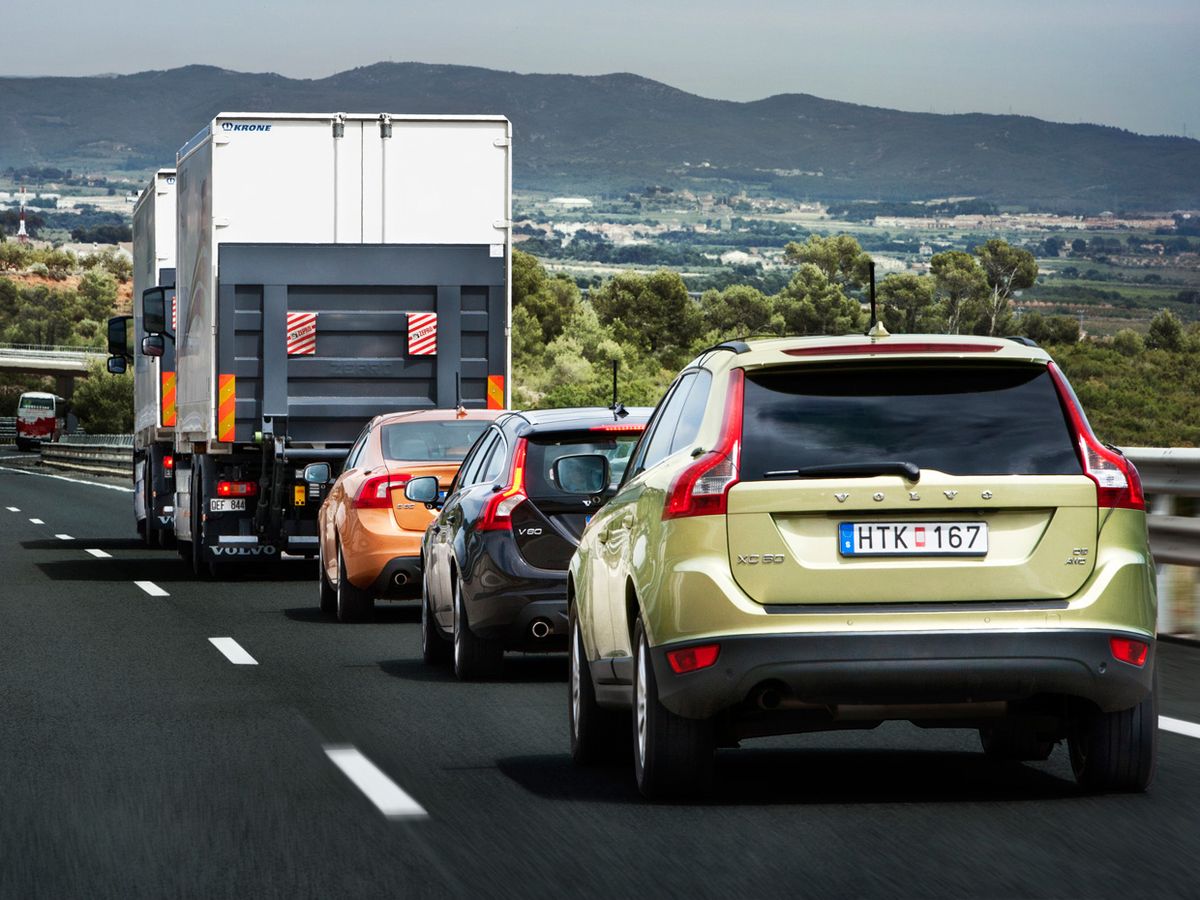Car makers want you to think their cars are exciting to drive. But even they admit that commuting can be a bit of a bore. Some amount of self-driving would make the dull parts of driving more worthwhile, argues Thomas Form, head of electronics and vehicle research at Volkswagen. IEEE Spectrum Contributing Editor John Blau spoke with Form at the IEEE Technology Time Machine symposium in Dresden, Germany, this past May.
IEEE Spectrum: What do you think of self-driving cars like Google’s?
Thomas Form: I think it’s quite an interesting approach Google is taking right now. And I think the Grand Challenges in the United States and the Urban Challenge in 2007—since that time, automatic driving as a vision has come more and more into the focus of the automotive industry.
IEEE Spectrum: What do you see as some of the most promising smart-transportation developments?
Thomas Form: I think that’s, again, automatic or safe driving. Remember how much time you spend in traffic congestion, and this is time lost. The industry is seeking ways and technologies to give the customers this time back.
IEEE Spectrum: What do you think about road trains?
Thomas Form: If you think of a road train as a convoy of heavy trucks, I think this will be a development in the future. If we could provide an achievable sensor and technology into heavy trucks, that would make it possible to reduce the distance between the trucks, to allow several trucks to build up a convoy on the highway, to drive more or less automatically at a safe speed to save fuel or energy. This could increase the safety of our highways a lot. But it requires a lot of technology, more technology than automatic driving passenger cars. Because if you think of an exit or entrance of a highway, you must have means to split up the convoy, otherwise no other vehicle would be able to enter or leave the highway.
IEEE Spectrum: How do you see the future of cars? How are they going to be powered? How are they going to navigate?
Thomas Form: I think the source of energy in future cars will be very different. We still believe that—or I still believe that—the combustion engine will have a future. But depending on the environment or the type of car, we will have different sources of energy. You could have battery-driven cars, especially for short distances, but if you want to extend the range of the car, then you will be dependent in the near future either on a combustion engine or on the fuel cell, or even compressed natural gas.
IEEE Spectrum: And how will cars navigate in urban areas?
Thomas Form: In my opinion, there are two ways. As you know, in Germany fahrvergnügen [driving enjoyment] is a very important thing because we are an industry that provides a product with a certain premium and design. And so we should not forget to focus on this. On the other hand, there are a lot of times where driving is boring, especially in congestion and commuting times, and for this we must provide means to enhance these—to provide means that the car could drive more or less automatic.
For this, future cars will need a very detailed map of the environment because there are sensor technologies available that could look up to 200 meters in front of the car. But if you imagine a complex intersection, it is impossible to look with the sensor through a house or a truck. But a human being, a human driver, is able to anticipate what comes, perhaps, behind a truck or behind a corner. The car must know the scenario of the intersection, which could only be provided by a map. And we must find means to create such maps. And the driver of the car must be able to trust this map. So there will be quite a number of new services needed to ensure this in future cars.
IEEE Spectrum: How about the rise of electronics in vehicles? Will we see many more parts becoming electronic in cars? And what could they be?
Thomas Form: Yes. I think the value of electronics in a car is now more than 30 percent of the overall car. And if you look at what happened in the last years related to the steering, from where we have most of modern cars’ electric-supported steerings, I think what we will see in some years is the brake system. And if you look in all the areas of driver assistance and integrated safety systems without electronics, this kind of function wouldn’t be able to come into our cars. And if you look, on the other hand, on the part of efficiency, for example, if we switch from a combustion engine to a battery-driven vehicle, the question of efficiency becomes more important. That means not only efficiency in the engine and in the drive train but in climatization and the infotainment system and so on, also. And so in the future, the electronic systems installed in the vehicle must save more energy than today.
IEEE Spectrum: How can you guarantee safety with more and more software involved?
Thomas Form: That’s a real challenge. And as software-driven systems become more popular in the overall vehicle system, the focus on this becomes more and more important. But if you look, for example, in the airplane industry, I think it was successfully shown that it is possible to control and ensure the safety of even very complex systems with the right processes. And I think the vehicle industry has found means and standards, if you look at the ISO 26262 standard, where we found processes to show authorities that we are able to provide safe systems to our customers.
IEEE Spectrum: Do you care to share any technology visions that you have for 2020 and beyond?
Thomas Form: My vision is that we will have a very safe vehicle. That means the vehicle is supporting the driver to avoid accidents, and even in the case that an accident is unavoidable, that the vehicle finds means to lessen the intensity of the accident. But my personal vision is also a more or less automatic driving car in certain environments, especially on highways, that future cars will be able to drive a large amount of daily routes in a more or less highly automatic mode.
This interview has been edited for clarity.

